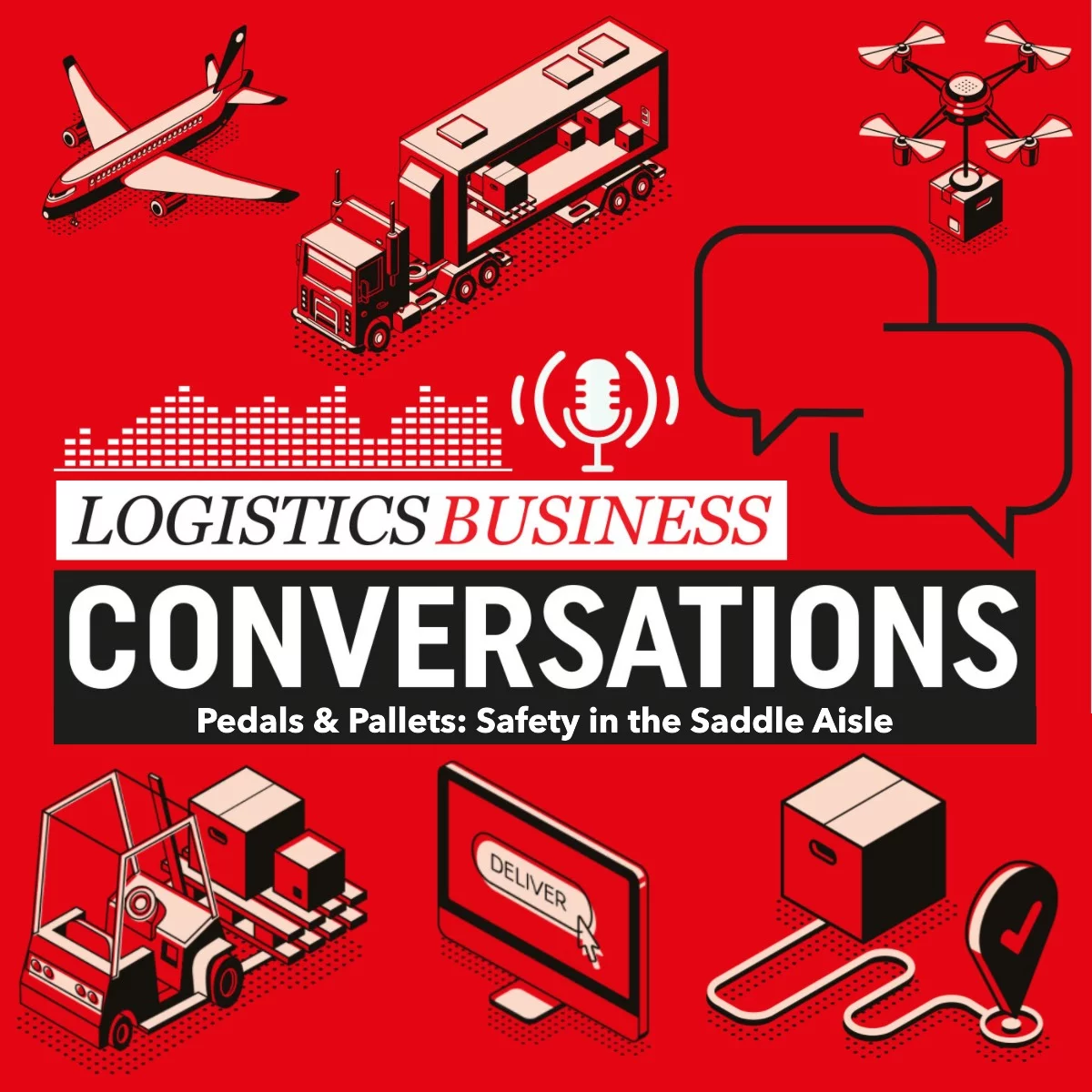CMA CGM, a global player in maritime, land, air, and logistics solutions, announces a major step forward in the decarbonization of river transport in Southeast Asia: the launch of the first fully electric container barge in Vietnam, supported by the construction of a solar-powered charging station at the Cai Mep port, the country’s main container gateway near Ho Chi Minh City.
As part of this initiative, CMA CGM has signed an agreement with its long-standing partner Gemadept, a key logistics and port operator in Vietnam, to establish a joint venture named Green River Transportation, which will operate the electric barge. The new entity will manage river transport services in the Mekong Delta, reinforcing both partners’ commitment to sustainable logistics.
A breakthrough in green and operational innovation
The electric barge was jointly designed by CMA CGM’s CMA Ships and R&D teams. It will be powered by a dedicated charging station connected to a new solar farm located on the Gemalink terminal at Cai Mep. The facility is expected to generate up to 1 GWh of green electricity per year. This new zero-emission solution will reduce CO₂ emissions by 778 tons per year on the 180 km route between Binh Duong Province and Bà Rịa-Vũng Tàu, in southern Vietnam.
With this combination of electric barge, solar farm, and on-site charging station, CMA CGM is providing NIKE with a tailored, efficient, and emissions-free logistics solution. NIKE, a long-time customer of CMA CGM, is the first partner to commit to using the electric barge for its logistics flows between its Vietnam-based manufacturing sites and the Gemalink container terminal.
This low-carbon logistics model is designed to be replicated with other customers and in additional countries, especially where inland waterways play a key role in supply chains.
The electric barge is scheduled to enter service in early 2026.
A strong local footprint in Vietnam
Present in Vietnam since 1989, CMA CGM is a key logistics player in the country, with 5 offices, 29 weekly maritime services, and over 550 employees. This project supports the Group’s ambition to strengthen infrastructure sustainably and contribute to local job creation.
A milestone on the road to Net Zero Carbon
This initiative is fully aligned with CMA CGM’s global strategy to reach Net Zero Carbon by 2050, through a combination of low-carbon technologies, alternative fuels, and now zero-emissions river logistics solutions.
similar news



